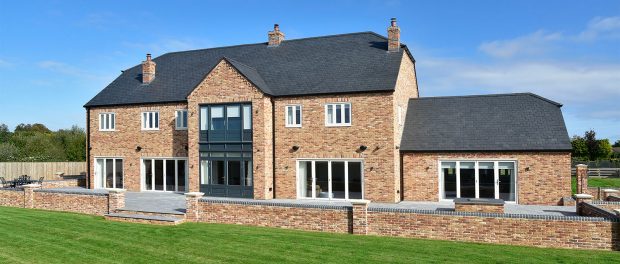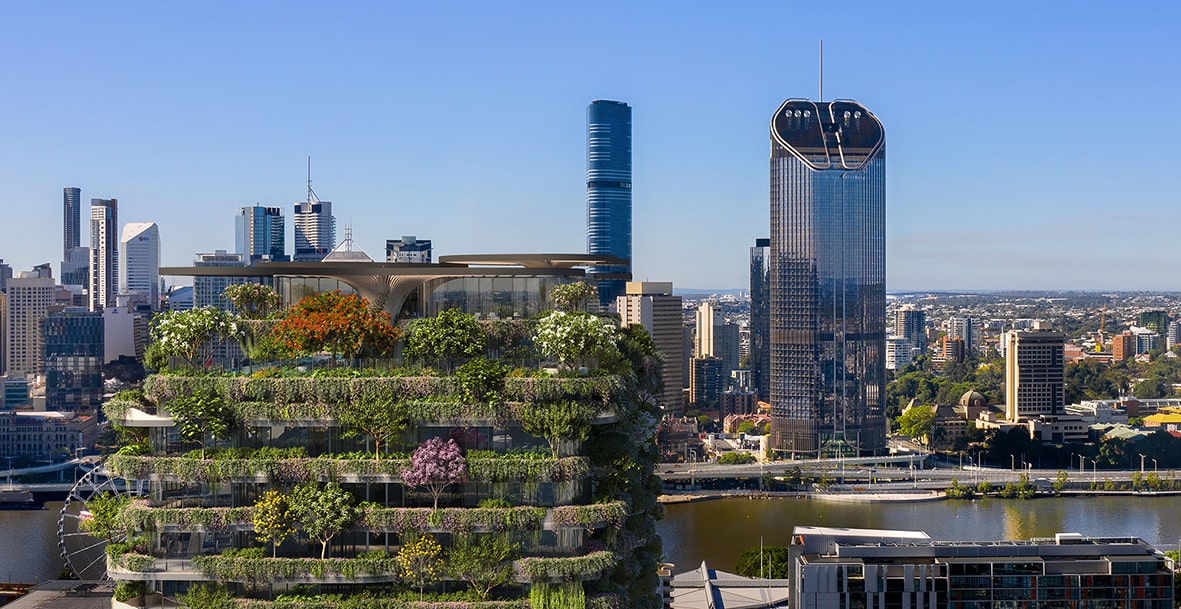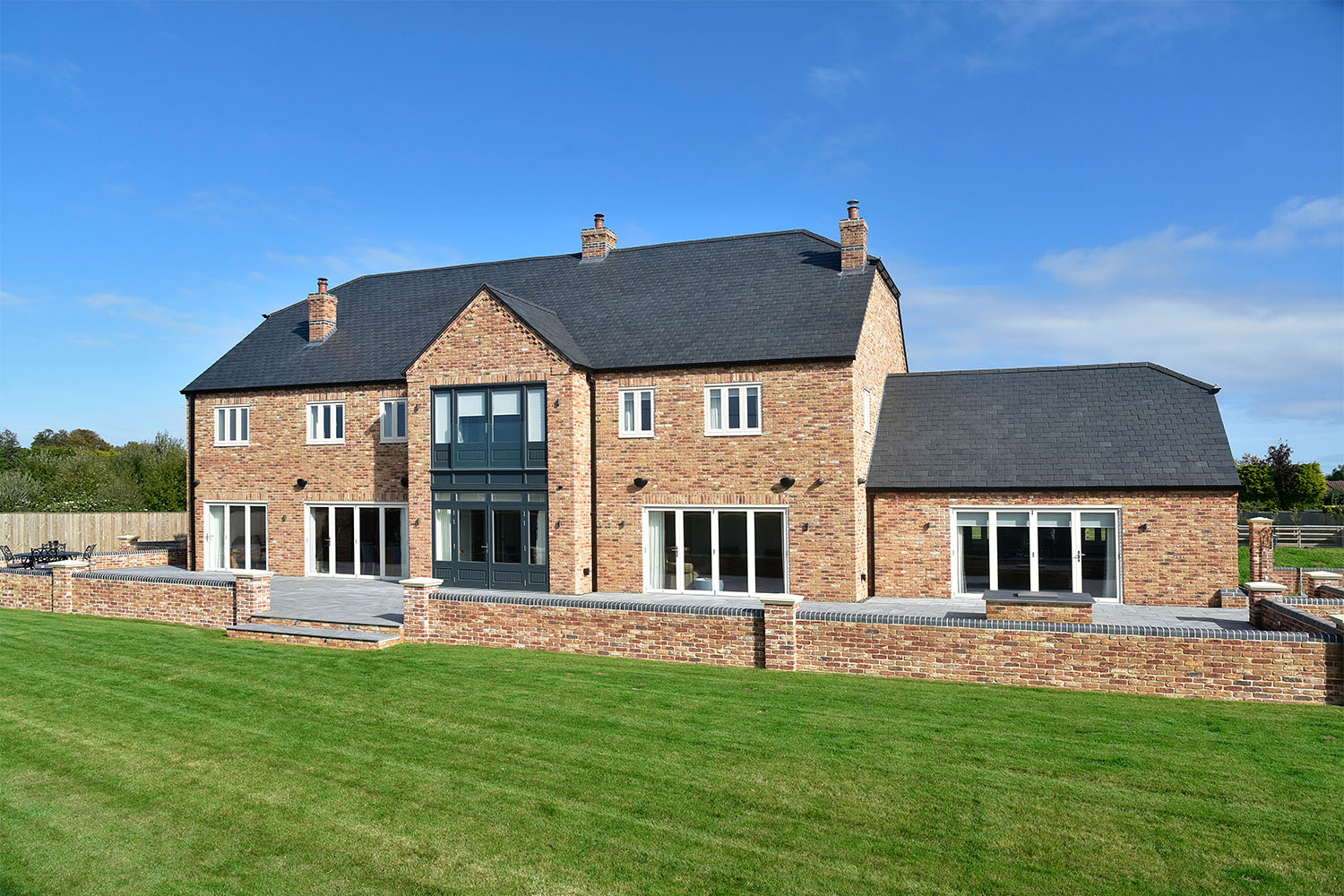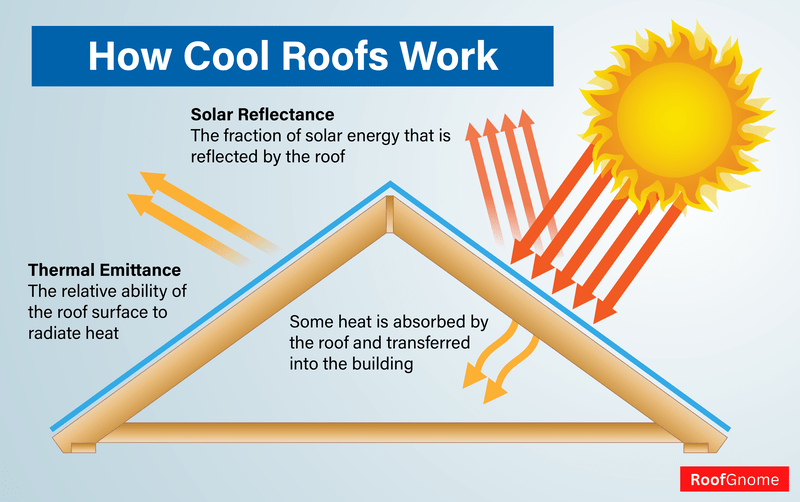Changing Styles in Sustainable Construction

Keep up to date with the changing styles in construction and learn how to stay ahead of the curve
Hot Trends and The Future of Buildings in the UK
In an era defined by rapid technological advancements and a growing emphasis on sustainability, the architecture and construction industry in the UK is headed for a transformative journey. It’s evident that several key trends will shape the buildings of tomorrow, from energy-efficient designs to innovative materials.
Designs and trends evolve because it’s simply how design works. It pushes boundaries with new technology and brings new opportunities and ideas. One important element that holds promise for the future is the integration of sustainable materials across various aspects of building construction. The global call for environmental responsibility has influenced the UK’s construction sector through an increased focus on sustainable building practices. Buildings are responsible for a significant portion of the world’s energy consumption, and addressing this issue has become a priority. 
A Shift Towards Green Building
Green building practices, such as incorporating renewable materials, utilising energy-efficient technologies, and designing for passive heating and cooling, have become expected standard features for British homeowners.
The following concepts are becoming increasingly part of British construction trends
Green Insulation
Homeowners, self-builders and developers are choosing green insulation in their homes as a sustainable and environmentally friendly insulation option. This type of insulation is becoming increasingly popular as homeowners and builders look for ways to reduce their environmental impact and create healthier, more energy-efficient homes.
Electrochromic Smart Glass
Electrochromic smart glass is a type of glass that can change its transparency or colour in response to an applied voltage. This technology allows users to control the amount of light and heat that passes through the glass, providing a dynamic and energy-efficient solution for windows and other transparent surfaces in buildings and vehicles.
One of the primary reasons electrochromic smart glass is considered sustainable is its potential to improve energy efficiency in buildings. Adjusting the tint of the glass based on external conditions can help control the amount of sunlight and heat entering a space. This reduces the need for heating, ventilation, and air conditioning systems, leading to energy savings.

Self-Powered and Passive Houses
Self-powered homes generate their own electricity, often through renewable sources like solar panels, wind turbines, or geothermal energy. This allows them to operate independently from the grid, reducing their carbon footprint and energy costs. While passive houses are designed to minimise energy consumption by using high-performance insulation, airtight construction, and strategic placement of windows to optimise heat gain and retention
Timber and Beyond
Timber-framed windows have gained popularity as a sustainable choice for their increased energy efficiency, decreased noise pollution and general look. It is important to recognise that the future of construction in the UK is marked by a broader spectrum of eco-friendly materials. From roofing to floors, the industry is exploring innovative options that balance functionality with environmental responsibility. The Canopy of Sustainability
The Canopy of Sustainability
Roofing plays a crucial role in a building’s overall sustainability. Green roofs, for instance, are gaining popularity for their ability to reduce stormwater runoff, reduce energy consumption, and provide additional insulation. These living roofs not only enhance the aesthetic appeal of a building but also contribute to a healthier urban environment.
Additionally, the integration of solar panels into roofing systems is becoming increasingly common. This not only harnesses the power of renewable energy but also reduces a building’s reliance on traditional power sources, ultimately lowering its environmental impact.
Although those are not necessarily new, something that is new and more people are seeing the environmental benefit and personal benefits are cool roofs. A cool roof is designed to reflect more sunlight than a conventional roof, absorbing less solar energy. This lowers the temperature of the building just as wearing light-coloured clothing keeps you cool on a sunny day.
Flooring Materials
Flooring materials are undergoing a revolution, with eco-conscious options gaining prominence. Bamboo, for example, is a rapidly renewable resource that provides a durable and visually appealing flooring solution. Recycled materials, such as reclaimed wood and glass, are also being repurposed to create unique and sustainable flooring options.
Building a Greener Foundation
The walls of a building form the backbone of its structural integrity. Utilising materials like autoclaved aerated concrete (AAC) and hempcrete, which have lower environmental footprints compared to traditional bricks and concrete, is becoming more common. These materials not only offer excellent insulation properties but also contribute to a reduction in carbon emissions during the construction process.
A Unified Approach to Sustainable Construction
As the UK continues its journey towards a more sustainable future, it’s clear that the integration of eco-friendly materials and the changing styles across all aspects of building construction is paramount. From roofing to floors, walls, and beyond, the industry is evolving to meet the demands of a changing world.

